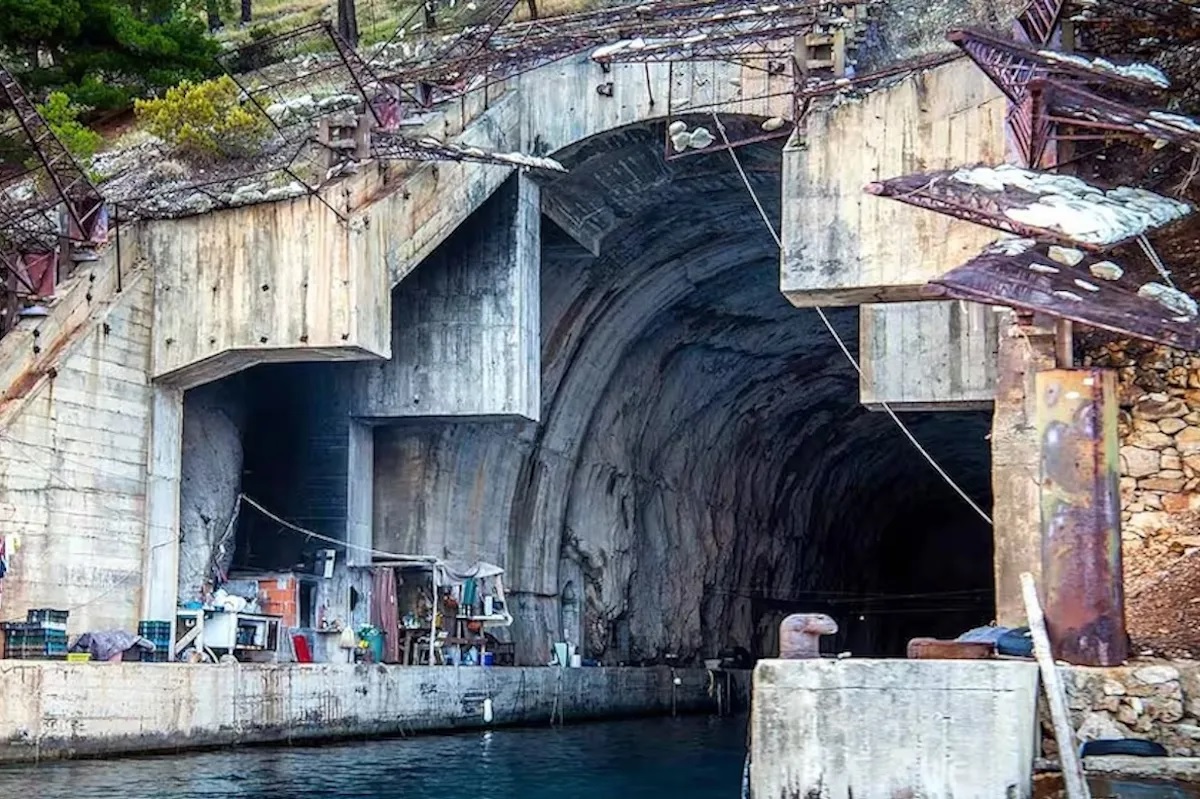How Tejas Mk1A Fighter Jet Variant Differ From Tejas Mk1

The TEJAS MK-1A, an upgraded indigenous supersonic fighter aircraft, will be delivered to the Indian Air Force by July, featuring advanced avionics, AESA radar, and enhanced combat capabilities.
The Indian Air Force (IAF) is set to receive the upgraded version of the indigenous supersonic fighter aircraft, the TEJAS MK-1A, by July. This marks a significant milestone in India's fighter jet development program. The TEJAS MK-1A, an advanced iteration of the MK-1, successfully conducted its first test flight on March 28, 2024, piloted by Group Captain KK Venugopal (Retd), demonstrating its enhanced capabilities.
Evolution of the TEJAS Program
Initiated in the late 1980s, the Light Combat Aircraft (LCA) program aimed to replace the aging MiG-21 and Su-7 fleets. The program gained momentum in the late 1990s, culminating in the maiden flight of the Technology Demonstrator-1 (TD-1) on January 4, 2001. This aircraft was later renamed 'TEJAS,' symbolizing a new era for the IAF.
The Second Series Production (SP2) TEJAS aircraft received initial operational clearance in 2016. Subsequently, the TEJAS MK-1 variant was inducted into the IAF's No. 45 Squadron, known as 'The Flying Daggers.' The No. 18 Squadron, 'The Flying Bullets,' also began operating the MK-1 variant, underscoring its operational success.
Key Features and Upgrades of the TEJAS MK-1A
The TEJAS MK-1A incorporates numerous advancements over its predecessor. The IAF has ordered 83 units of the MK-1A in a deal worth ₹36,468 crore with Hindustan Aeronautics Limited (HAL). In addition, the Defence Acquisition Council approved the procurement of 97 more TEJAS jets in November 2023.
Key enhancements in the MK-1A include:
- AESA Radar: The MK-1A features the advanced Israel EL/M-2025 AESA radar, which will eventually be replaced by the indigenously developed Uttam AESA radar. This radar can track multiple targets and has a range of over 200 km, providing a 360-degree view.
- Fly-by-Wire Systems: An upgraded digital fly-by-wire flight control computer enhances maneuverability and flight safety. This system replaces traditional mechanical controls with an electronic interface.
- Electronic Warfare Suite: The new suite includes a Radar Warning Receiver (RWR) system and an Advanced Self Protection Jammer (ASPJ) pod, offering protection against various radar threats and enhancing survivability in combat.
- Improved Avionics and Weapons Systems: The MK-1A boasts improved avionics, processors, and display systems. It also features nine hard points for carrying various weapons, including Beyond Visual Range (BVR) missiles and Advanced Short Range Air-to-Air Missiles (ASRAAM).
Indigenous Content and Future Readiness
The TEJAS MK-1A incorporates nearly 50% more indigenous content than the MK-1. It features 40 significant improvements, ensuring it meets the IAF's operational requirements for the next three decades. HAL has maintained design commonality with the MK-1, while integrating advanced technology to create a future-ready aircraft.
Operational Deployment and Export Potential
The IAF plans to raise the first squadron of the TEJAS MK-1A at the Nal air base in Rajasthan, replacing one of the two MiG-21 squadrons stationed there. This move aligns with the IAF's strategy to phase out older aircraft, including the MiG-21, MiG-29, and SEPECAT Jaguar, with the TEJAS MK-1, MK-1A, and MK-2 variants.
Internationally, the TEJAS has garnered interest from countries like Nigeria, the Philippines, Argentina, and Egypt, highlighting its export potential.
Safety Record
Since its first test flight in 2001, the TEJAS has maintained an excellent safety record. The aircraft's operational deployment over the past eight years has seen only one incident, underscoring its reliability.
Conclusion
The TEJAS MK-1A represents a significant achievement in India's indigenous fighter jet development. With advanced technology, increased indigenous content, and enhanced capabilities, it is set to play a crucial role in modernizing the IAF and strengthening India's defense capabilities.



